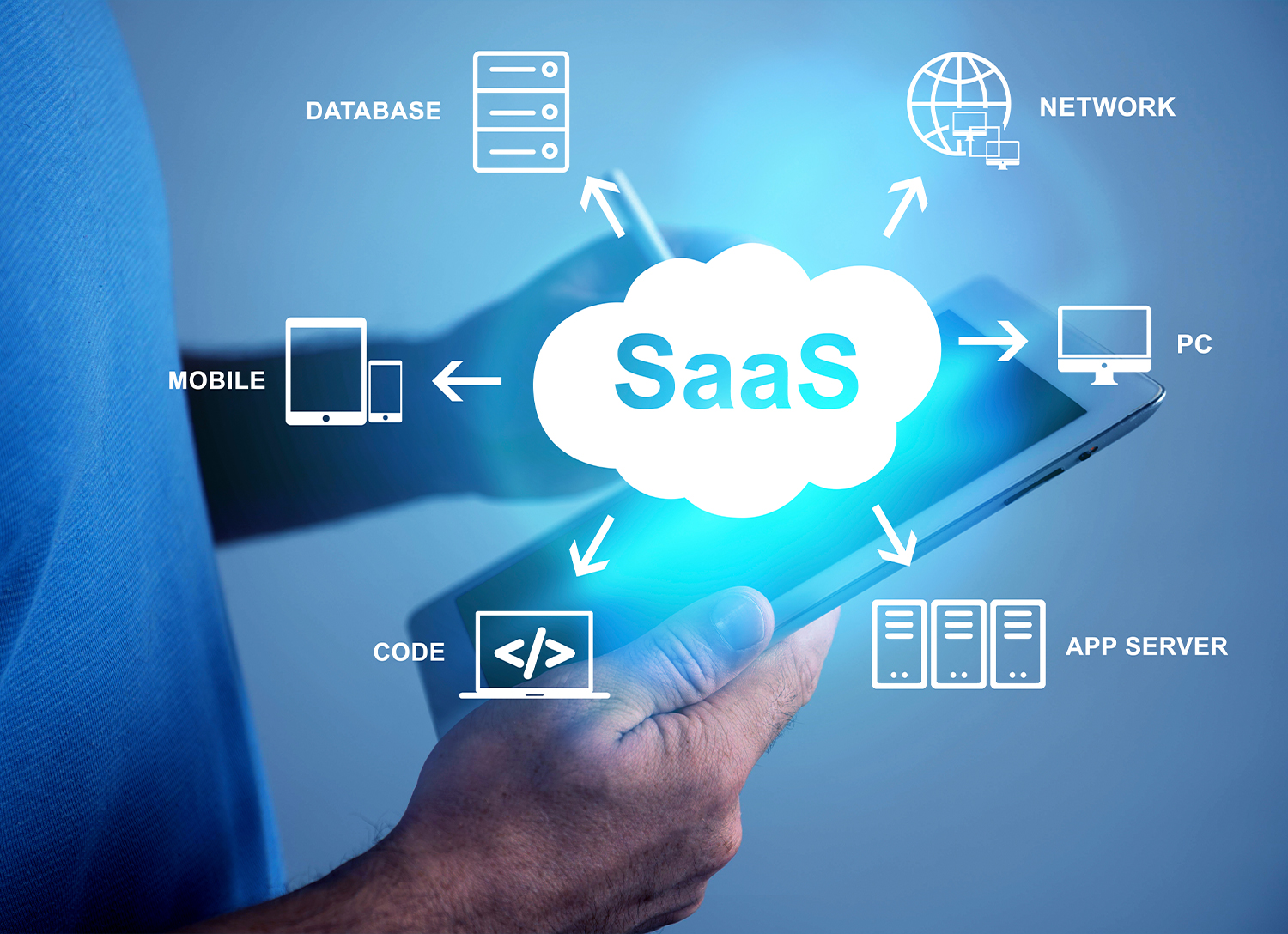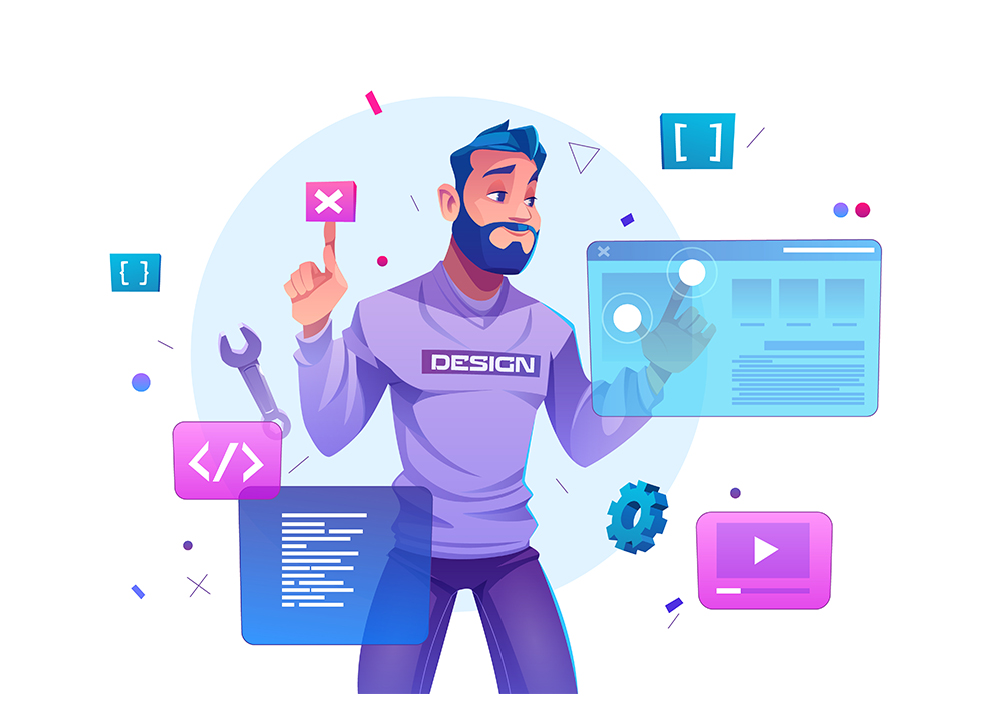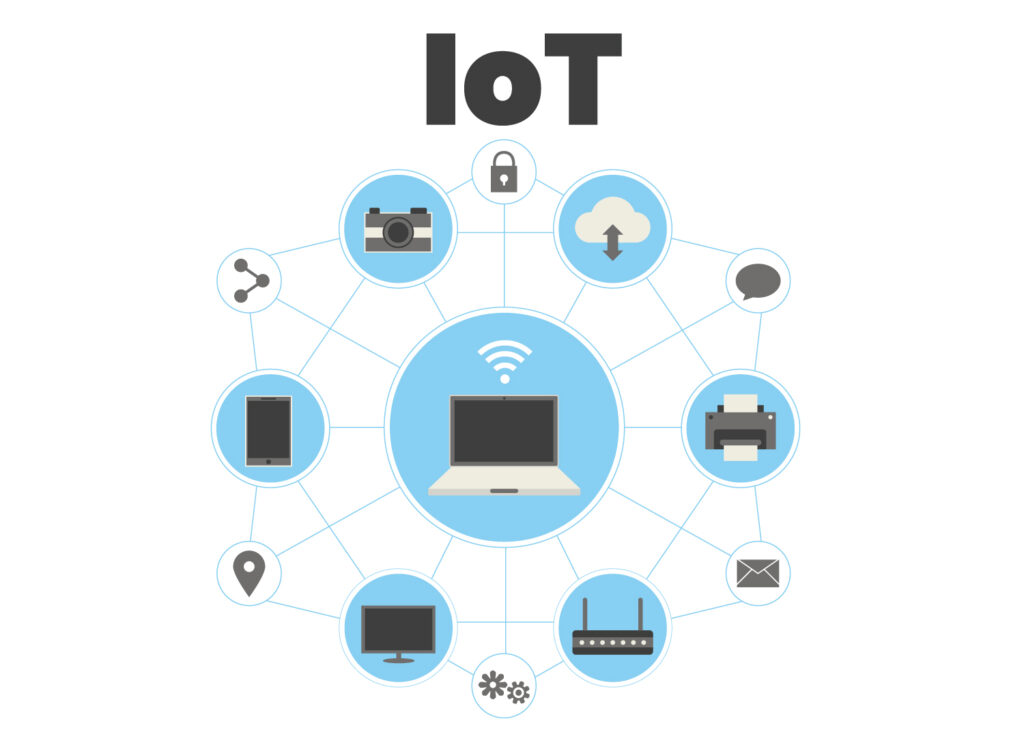Is Scalable Pricing Still Valid for SaaS Companies in 2023?

Scalable pricing is the most popular pricing model many SaaS products have clung to in recent years. This tiered pricing model has been very successful for most software service providers, improving profitability and average revenue per customer. The pertaining question here is, Does it stand the test of time?
With inflation on the rise and new technologies like AI on the horizon, it’s crucial to stay ahead of the curve and ensure that your pricing strategy is in line with current trends.
Choosing the right pricing strategy is essential for the success of your SaaS business. It can determine whether you can attract and retain customers and ultimately, whether your business model will be profitable.
A well-designed pricing strategy can make your product stand out from the competition and also helps in positioning your business better in the market.
Is a scalable pricing plan still the best option for your customer base? How can you maximize profit per customer through scaled pricing? What are the potential challenges and trends for the SaaS industry in 2023, and how can scalable pricing help navigate them?
Let’s get straight to it.
What is Scalable Pricing?
It starts simply for most SaaS startups: they keep a low starting price, aiming to grab more new customers, but this strategy slacks on their revenue growth. Leaving them with limited options for scaling their business. Are you stuck in a similar dilemma? Scaling your pricing model based on the needs of your customers and your specific market is the way ahead.
Scalable pricing is a flexible pricing strategy that allows you to target a wide range of customers with different needs and budgets. Giving customers the option to choose what they want to achieve with your service and paying based on their needs
You may scale your pricing plan based on usage, the number of users, or additional features. This way, customers can start with an affordable option and upgrade as their needs change.
This layered pricing model can be a great way to increase your revenue. Customers who extract more value from the service will pay more, and the clear upgrade path means you can automatically earn more revenue as customers’ needs grow.
This approach helps to capture a wide range of customers, from small businesses to large enterprises and ensures that everyone pays a fair price for the value they are receiving.
Common Scalable Pricing Models
Understanding and effectively scaling pricing is crucial for the success of SaaS software products. The right approach can create a pricing model that meets customer needs and provides a sustainable revenue stream.
Here are a few pricing models that are popular with SaaS businesses:
Tiered Pricing: This approach offers different levels of service or access to features at different price points. It allows customers to choose the level of service that best fits their needs while also providing a clear path for upgrading as their needs change.
Usage-based Pricing: Another way to scale pricing is through usage-based pricing. This model charges customers based on their level of usage, rather than a flat fee. This can be useful for software products that are used heavily by some customers, like other businesses with a large number of employees, but less frequently by others.
Add-ons or Extra Features: This approach allows customers to choose from a variety of additional features or services, such as premium support or integration with other software products, that can be added to the base package at an extra cost. This allows customers to customize their experience and get exactly what they need, while also providing a way for the company to increase revenue.
Now which one suits you the best? In an industry as diverse as SaaS, there’s no such thing as a one-size-fits-all pricing model. Even though these models have been very successful for some big fish in the SaaS industry, they aren’t necessarily the right choice for your SaaS product.
But considering a few key factors, discussed in the next section, you can surely create the perfect pricing model for your business.
Which Scalable Pricing Model is Right for You?
In an industry worth over $500 billion, with so many players already in the game, it’s crucial to have the right pricing strategy in place. In a survey, 80% of SaaS companies reported that their pricing strategy had a direct impact on their overall revenue.
But with so many options available, how do you know which model is right for your business? Here are a few key factors you need to consider
It’s essential to understand your target market. Who are your ideal customers, and what are their pain points? What are they willing to pay for a solution? By understanding your target market, you’ll have a better understanding of what pricing model will resonate with them.
Examine your value proposition; this is critical. What sets your SaaS business apart from the competition? Are you offering unique features or a unique approach? Your value proposition can help inform your pricing strategy, as you’ll want to charge a premium for a product or service that stands out from the rest. Research from the University of California found that customers are willing to pay up to 9% more for products that are perceived to have a high value.
Finally, don’t forget to take a look at the competition. What are other SaaS businesses in your industry charging for their products and services? If you are aware of what the market is currently bearing, you can design your pricing model to find your sweet spot in it.
By taking the time to evaluate these factors, you’ll be well on your way to creating a pricing model that helps your business grow and thrive.
It’s worth noting that no rule says you have to stick to a basic pricing model. You can develop your pricing model by integrating the basic ones, or you can come out with a unique one that meets the needs of your business and customers.
How Scalable Pricing Boosts Revenue Growth
Those skeptical about Scalable Pricing as the right business model for SaaS products, often bring up customer churn. They argue that hiking prices for the same product will shrink your customer base.
But they often skip over the elephant in the room. The growth in revenue from the existing customer base that scalable pricing brings to the table outweighs the customer churn by a mile.
Scalable pricing is a game-changer when it comes to boosting revenue growth for SaaS businesses. A significant increase in revenue can be achieved simply by adjusting your pricing strategy.
But it’s not just about increasing prices; it’s about offering different pricing tiers that cater to different customers’ needs. By offering solutions tailored to each customer or flexible pricing options for small business owners versus corporate companies, you can attract a wider range of customers and earn more revenue from those willing to pay more for additional features or services.
In addition to boosting revenue growth, scalable pricing also allows for more revenue per customer through expansion and selling advanced features and add-ons for a premium. A study by SaaS Capital found that the most efficient SaaS companies when looking at their lifetime value (LTV) to customer acquisition cost (CAC), fuel their efficiency from expansion revenue.
Understanding the Top Trends in SaaS Industry
As the world continues to navigate the post-pandemic economic recession, many businesses have struggled to stay afloat. However, one sector that stands out and has seen significant growth in recent years is the Software-as-a-Service (SaaS) industry.
Despite the recession, SaaS companies have been able to survive and even thrive by identifying and adapting to current trends in the industry. Understanding these trends is crucial for any business looking to stay competitive in today’s market.
Here are the prevalent trends in the SaaS industry in 2023 that you need to know:
The Rise of Artificial Intelligence (AI)
One of the most prominent trends in the industry is the increasing use of artificial intelligence (AI) in SaaS solutions. AI has the potential to revolutionize the way businesses operate, from automating mundane tasks to improving efficiency and personalization.
Companies like Salesforce and AppZen are leading the charge with AI-optimized SaaS solutions, offering improved personalization, speed, security, and automation. Additionally, the use of AI-powered chatbots has enabled companies to enhance the level of customer service responsiveness and personalization.
Vertical SaaS Addressing Industry-Specific Needs
Vertical SaaS, also known as niche SaaS, is a type of software-as-a-service that specializes in solving specific business needs or industry-specific problems. Logistics analytics, retail analytics, and healthcare BI software are some common examples of vertical SaaS.
This delivery model offers several benefits, including improved data governance, increased flexibility, and lower client acquisition costs. In the last decade, the market size for vertical SaaS software has more than tripled, and experts predict that this trend will continue in 2023.
Unlike horizontal SaaS, which aims to cover as many fields as possible with a single product, vertical SaaS focuses on satisfying specific needs within an industry and getting closer to potential clients. This approach allows for more effective marketing campaigns, more opportunities for business growth, and a less competitive market.
Blockchain Advancing The SaaS Industry
Blockchain technology, known for its cryptography and decentralization principles, has the potential to revolutionize the SaaS industry by providing transparency and security in transactions.
SaaS companies rely on trust and cooperation, and blockchain solutions can enhance these qualities by securing processes such as smart contracts, online payments, and auditing.
Startups like OriginStamp, which offers a blockchain timestamping service for proof of ownership, and MythX, a tool for detecting vulnerabilities in Ethereum smart contracts, are examples of blockchain being integrated into SaaS offerings. Despite being in its early stages, it is clear that the integration of blockchain technology into SaaS will continue to grow and disrupt various industries.
Demand For Compatible SaaS Solutions
One of the hottest trends in the SaaS industry is the integration of cloud and on-premise systems through APIs. With businesses using multiple software solutions to accomplish tasks, seamless integration has become a critical requirement.
Companies are now looking for SaaS solutions that work with the tools they already use, rather than creating a new IT environment.
As a result, many SaaS companies are now providing solutions with greater integration capabilities through APIs, making it easier for their users to connect their SaaS products to their existing systems and synchronize databases without manual transfer. This trend is making the lives of users easier and giving SaaS companies an edge over competitors who don’t release APIs.
Potential Challenges For SaaS Industry in 2023
The SaaS industry is experiencing explosive growth, with projections of the market reaching over $143.7 billion by 2023. As a result, more and more companies are entering the space and competing for market share. However, this growth also brings with it several challenges for SaaS providers. Some of the key challenges include:
- Commoditization of SaaS: With many software products offering similar functionality, it can be difficult for SaaS providers to stand out in a crowded market and compete with customers.
- Market consolidation: As larger companies acquire smaller SaaS providers, it can shift the balance of power in the market and make it more difficult for newer or smaller companies to compete.
- Usage-based pricing and monetization reengineering: SaaS providers may face challenges in projecting revenue and ensuring that customers understand the pricing model, as users only pay for what they use.
- Hybrid work and dispersed team management: As more companies adopt remote work policies, SaaS providers must ensure their products can meet the evolving needs of teams that are working from different locations.
- Service decentralization and unbundling: Customers are increasingly looking for the ability to pick and choose different software products from different providers, which can make it more difficult for SaaS providers to retain customers.
- Privacy and compliance changes: SaaS providers must stay up-to-date with changing laws and regulations related to data privacy and security, and make sure their products meet these requirements to keep customers’ data secure and protected.
To succeed in the SaaS market, providers must stay ahead of challenges, adapt to new opportunities, and offer unique value.
One way to stay competitive is to continuously innovate and improve product or service offerings. SaaS providers can achieve this by listening to customer feedback and incorporating new features and functionalities that meet the changing needs of the market.
Conclusion
Choosing scalable pricing for your business ultimately depends on the specific circumstances of your SaaS business and your target market. It’s important to consider if your scaling model aligns with your overall business strategy and if it’s something your target market will find attractive. It is also worth considering the option and doing thorough market research before making a decision.




